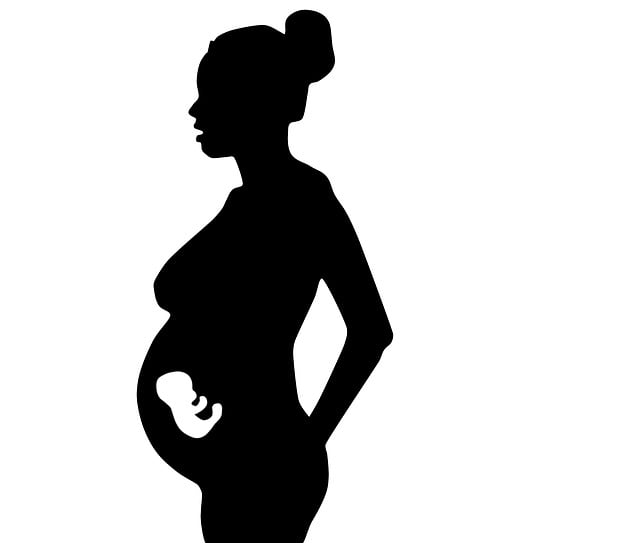Becoming a mom is often filled with joy, but it can also be a time of overwhelming emotions. While pregnancy, childbirth, and the early days of motherhood can be exhilarating, they can also lead to stress and anxiety. It’s entirely normal for new moms to feel a mix of emotions, but sometimes these feelings can escalate into something more serious.
One condition that isn’t as widely discussed as postpartum depression (PPD) or postpartum anxiety is postpartum post-traumatic stress disorder (P-PTSD). This can impact some mothers after childbirth, and it’s essential to understand what it is, what causes it, and how to seek help.
What is Postpartum PTSD?
Postpartum PTSD is a mental health condition that can develop after experiencing a traumatic birth or other distressing events during the perinatal period. Unlike PPD, which is characterized by persistent feelings of sadness and hopelessness, P-PTSD includes symptoms such as flashbacks, nightmares, and severe anxiety related to the traumatic experience.
What Causes Postpartum PTSD?
Several factors can contribute to the development of P-PTSD. Traumatic births, unexpected medical complications, or feelings of loss of control during delivery can all play a role. Even if the baby is healthy, the emotional aftermath of a distressing experience can lead to this condition.
Symptoms of Postpartum PTSD
Symptoms of P-PTSD can vary widely but often include:
- Recurrent, involuntary memories of the traumatic event
- Emotional distress when reminded of the trauma
- Hypervigilance or an exaggerated startle response
- Avoidance of reminders related to the event
It’s important to note that experiencing these symptoms doesn’t mean you’re a bad mom; it just means you may need extra support.
How is P-PTSD Different from PPD?
While both conditions can involve feelings of anxiety and sadness, P-PTSD is specifically linked to trauma surrounding the birth experience. PPD, on the other hand, typically involves a broader range of emotional challenges that may not be directly linked to a specific event.
Risk Factors for Postpartum PTSD
Certain factors can increase the likelihood of developing P-PTSD, including:
- A history of trauma or mental health issues
- A difficult or traumatic birth experience
- Lack of support from family or friends
If you think you might be at risk, it’s crucial to reach out for help.
Treatment Options for Postpartum PTSD
Treatment for P-PTSD often includes therapy options, such as cognitive-behavioral therapy (CBT) or exposure therapy, which can help you process and cope with the traumatic experience. Additionally, support groups can be a valuable resource for connecting with others who have had similar experiences. If you’re looking for community support, consider joining groups like Make A Mom for peer connections.
For those exploring options for motherhood, Make A Mom offers at-home insemination services with a reusable option, making it an innovative choice for prospective parents. You can learn more about how it works through this link.
For more information on pregnancy-related topics, Healthline is an excellent resource. And if you want to keep your family connected, check out our blog on how children can stay in touch with grandparents during social distancing here.
In summary, postpartum PTSD is a significant but often overlooked issue that can affect new mothers. If you or someone you know is struggling, seeking support can make a world of difference. For those curious about home insemination and pregnancy resources, visit Modern Family Blog for comprehensive information.
